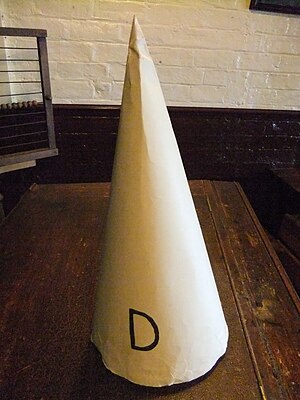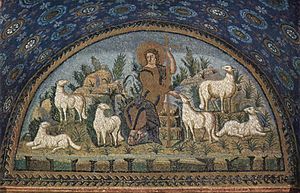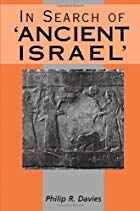Israeli Butchery at Sea by Gilad Atzmon

Monday, May 31, 2010 at 11:58AM Gilad Atzmon
As I write this piece the scale of the Israeli lethal slaughter at sea is yet to be clear. However we already know that at around 4am Gaza time, hundreds of IDF commandos stormed the Free Gaza international humanitarian fleet. We learn from the Arab press that at least 16 peace activists have been murdered and more than 50 were injured. Once again it is devastatingly obvious that Israel is not trying to hide its true nature: an inhuman murderous collective fuelled by a psychosis and driven by paranoia.
For days the Israeli government prepared the Israeli society for the massacre at sea. It said that the Flotilla carried weapons, it had ‘terrorists’ on board. Only yesterday evening it occurred to me that this Israeli malicious media spin was there to prepare the Israeli public for a full scale Israeli deadly military operation in international waters. Make no mistake. If I knew exactly where Israel was heading and the possible consequences, the Israeli cabinet and military elite were fully aware of it all the way along. What happened yesterday wasn’t just a pirate terrorist attack. It was actually murder in broad day light even though it happened in the dark.
Yesterday at 10 pm I contacted Free Gaza and shared with them everything I knew. I obviously grasped that hundreds of peace activists most of them elders, had very little chance against the Israeli killing machine. I was praying all night for our brothers and sisters. At 5am GMT the news broke to the world. In international waters Israel raided an innocent international convoy of boats carrying cement, paper and medical aid to the besieged Gazans. The Israelis were using live ammunition murdering and injuring everything around them.
Today we will see demonstrations around the world, we will see many events mourning our dead. We may even see some of Israel’s friends ‘posturing’ against the slaughter. Clearly this is not enough.
The massacre that took place yesterday was a premeditated Israeli operation. Israel wanted blood because it believes that its ‘power of deterrence’ expands with the more dead it leaves behind. The Israeli decision to use hundreds of commando soldiers against civilians was taken by the Israeli cabinet together with the Israeli top military commanders. What we saw yesterday wasn’t just a failure on the ground. It was actually an institutional failure of a morbid society that a long time ago lost touch with humanity.
It is no secret that Palestinians are living in a siege for years. But it is now down to the nations to move on and mount the ultimate pressure on Israel and its citizens. Since the massacre yesterday was committed by a popular army that followed instructions given by a ‘democratically elected’ government, from now on, every Israeli should be considered as a suspicious war criminal unless proved different.
Considering the fact that Israel stormed naval vessels sailing under Irish, Turkish and Greek flags. Both NATO members and EU countries must immediately cease their relationships with Israel and close their airspace to Israeli airplanes.
Considering yesterday’s news about Israeli nuclear submarines being stationed in the Gulf, the world must react quickly and severely. Israel is now officially mad and deadly. The Jewish State is not just careless about human life, as we have been following the Israeli press campaign leading to the slaughter, Israel actually seeks pleasure in inflicting pain and devastation on others.
(I have posted this in full. Previous correspondence with Gilad assures me that he would wholeheartedly approve of my copying this in full.)








